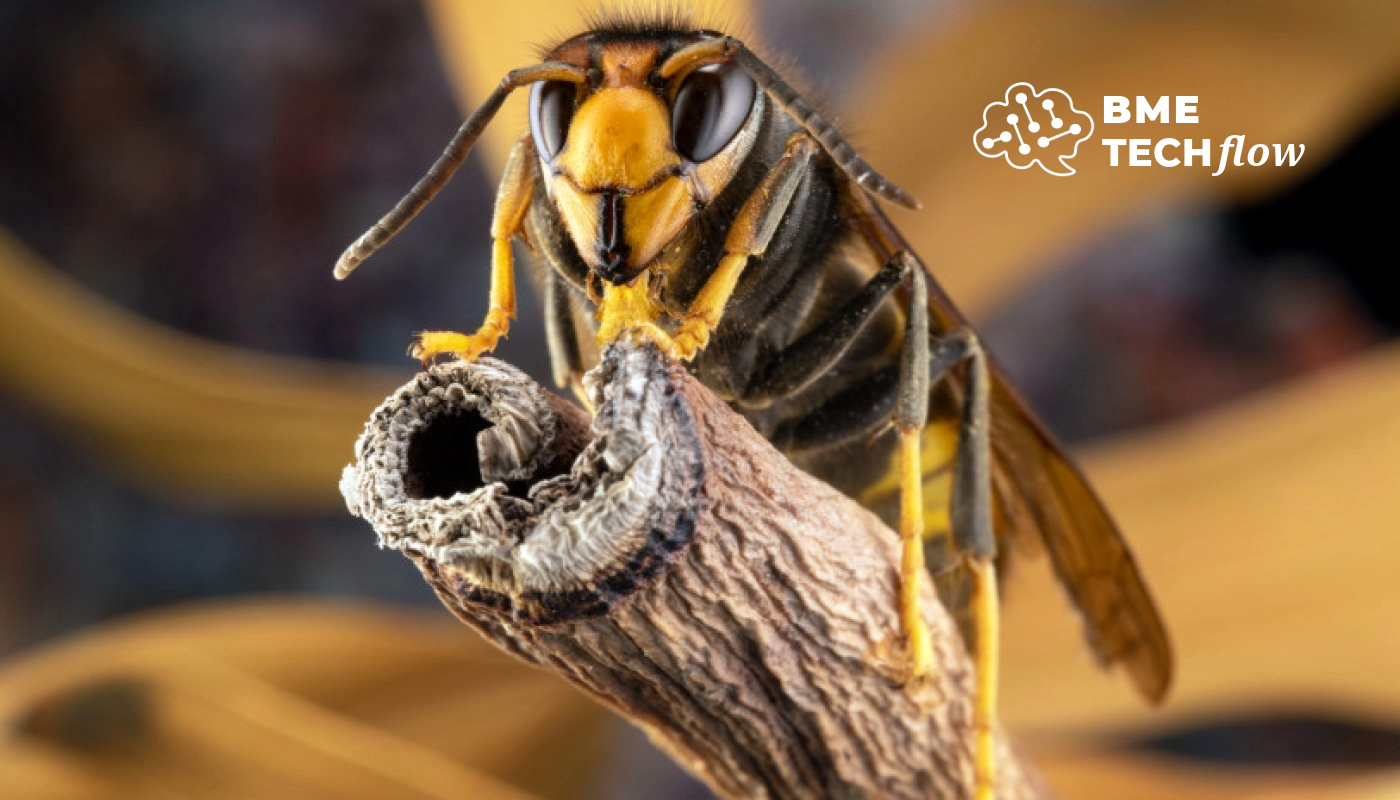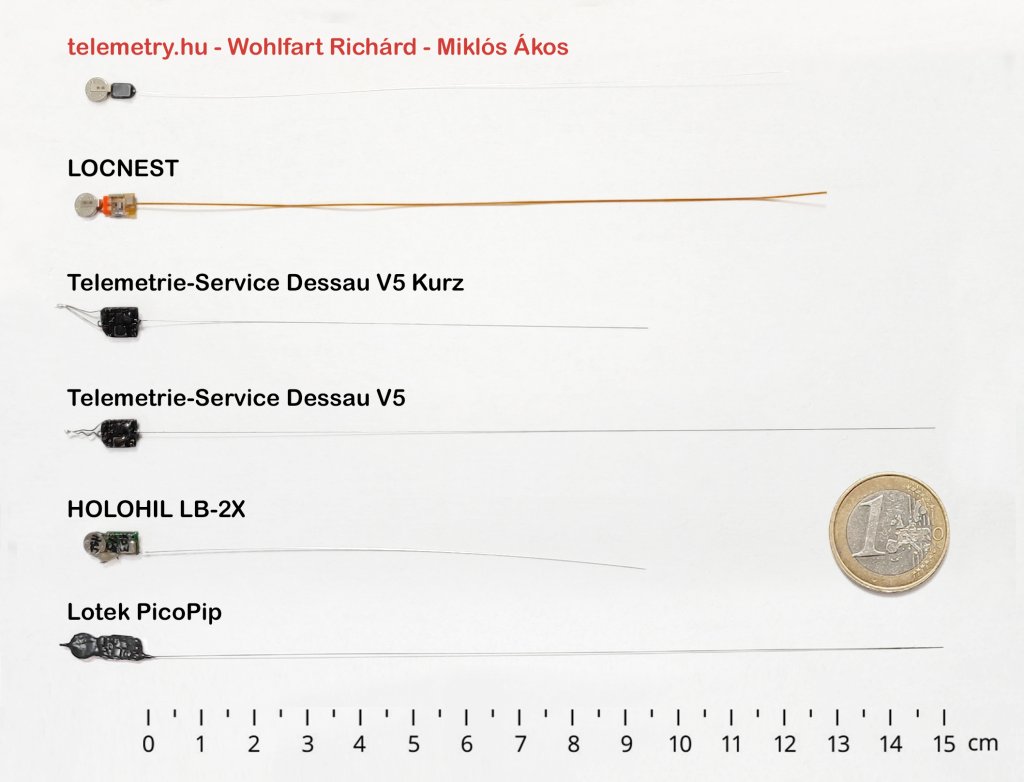News feed
BME researchers have developed a radio telemetry device for hunting wasps' nests
2024. 10. 25.
BME researchers are also involved in the fight against the spread of the invasive Asian hornet.
The emergence of the Asian hornet (Vespa velutina) poses a serious threat to domestic beekeeping and ecosystems. A new generation of radio telemetry tools developed in joint research between the Hungarian University of Agriculture and Life Sciences (MATE) and BME can help to locate wasp nests more efficiently. The method involves attaching a miniature transmitter to the wasps so that they lead people to the nest. This technology, which is more advanced than the currently available transmitters, could significantly improve the efficiency of nest searches and help slow the spread of the invasive species. Using the telemetry toolkit made available through MATE's teams of researchers and beekeeping volunteers in Keszthely, experts also work closely with international partners.
We asked two BME researchers, Richárd Wohlfart and Ákos Miklós about the background of the news. The researchers were approached by Balázs Kolics, senior research fellow at the Institute of Genetics and Biotechnology of MATE, when the first appearance of the Asian hornet was detected in Hungary.
Balázs Kolics was committed to using telemetry nest detection as the most effective method of early control to reduce the spread of the invasive hornet species and alleviate the damage it causes. As far as we know, we are the only ones with significant experience in this area, and it was a given that we would be their partners in this initiative. Balázs Kolics and his team purchased seven different types of transmitters developed for wasps, which we tested in the laboratory and in practice. It was clear that in many ways the available tools were not up to today's technical possibilities, so we developed a much more favourable solution in terms of weight, range, uptime and stability from our own resources.

The transmitter developed by the researchers is attached to a European hornet (Vespa crabro) native to our country
The project was implemented together with international partners. Can the asset be expected to be used abroad?
The MATE team is in contact with several other European beekeeping communities and has submitted or plans to submit national and international applications, including an Interreg application with an Austrian group. We are constantly receiving enquiries from foreign beekeepers who would like to buy relatively small numbers. However, as the development of the device required years of experience and our own investment, and in return it would be difficult to prevent it from being copied, our aim is to raise more significant external funding or to land a large purchase order to start mass production. The MATE team is also making a major effort in this area.
What other uses do you see?
Our team has a long history of developing miniature transmitters, which are already widely used in research projects. As the cost of receivers required for the search is relatively high and their management requires expertise, we expect to use the technology primarily in further ecological and environmental projects. There is a crossover between the research work in the Department of Applied Mechanics and the seemingly distant field of biology. Mathematical assets and models used to evaluate data from ecological studies are in many cases similar to those used in mechanical research. Radio transmitters fixed on animals or implanted in their bodies are complemented by sensors for measuring mechanical quantities, such as inertial sensors, which are also used during the department's work. In addition, we plan to use small telemetry devices in departmental research: force measurement cells integrated in cutting tools, sensors integrated inside tyres for the transmission of signals in vehicle wheel rolling studies, or in more convenient wireless experimental devices for the study of human balancing.

Transmitters developed by telemetry.hu and transmitters available on the market
Richárd Wohlfart was awarded with The Academy-Patent Award in 2022. Do you think it is important to put the results into practice and innovate during your research?
In the course of our work, we encounter or are approached by external partners with many technical problems where ready-made technical solutions are not available. Our explicit aim is to find solutions to these challenges that can be developed into tools, to be used in the future, as well. We have been colleagues in the Department of Applied Mechanics since 2008, and have both graduated from BME. We have been and are involved in a number of research projects in the department, typically associated with the design and construction of measuring equipment. These assets support our staff in, for example, testing machine tool vibrations, accurately measuring cutting forces or better understanding the human balancing process. In addition, Richárd has been developing radio telemetry devices for more than 30 years as an entrepreneur, and was later joined by Ákos. Now Richárd Wohlfart Jr., who is currently studying for an MSc in Computer Engineering at BME, is also working with us a lot as a software developer.
KJ
